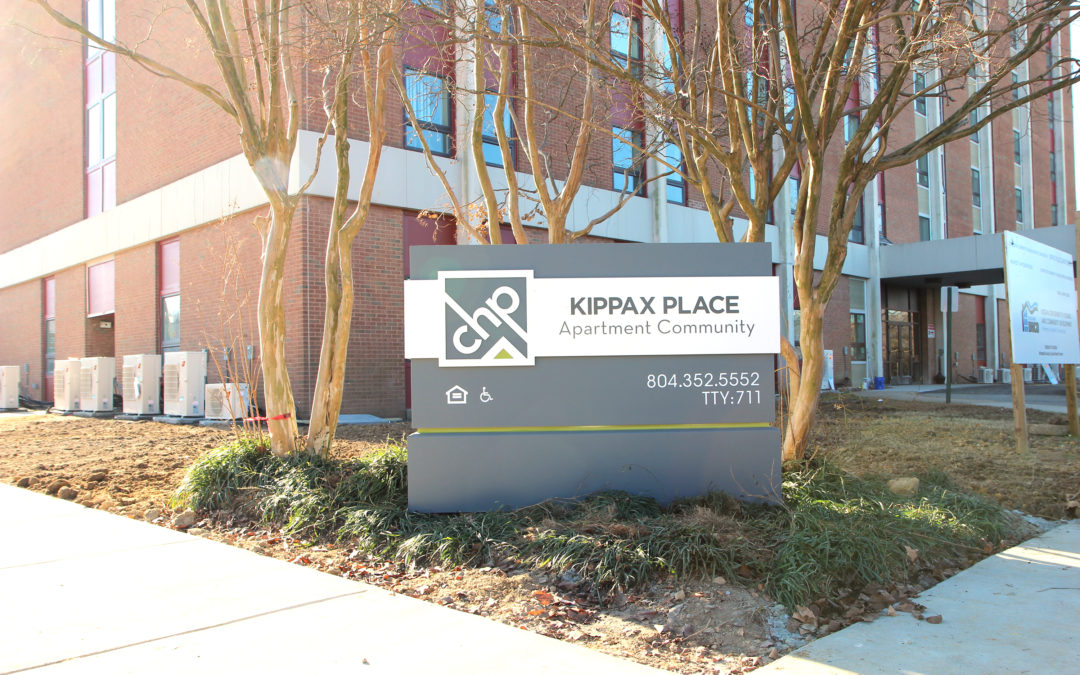Public housing plays a vital role in affordable housing programs throughout the United States. Unfortunately, these programs have been underfunded for many years, resulting in a delay of necessary maintenance and repairs for public housing. This delay creates unsafe housing conditions that result in the loss of 10,000 public housing units each year.
In 2012 Congress enacted the Rental Assistance Demonstration (RAD) Program to preserve and improve public housing facilities. RAD is the voluntary, permanent conversion of public housing to the Section 8 housing program. As a part of RAD a housing authority may sell or lease a public housing facility to a private developer, who would in turn agree to make certain upgrades, and to respect the tenants’ rights. Under RAD, units transition to Section 8 with a long-term contract implementing a “one-to-one replacement policy” requiring that any demolished units be replaced to ensure permanently affordable units. Under RAD, residents will continue to pay 30% of their income towards rent and will keep the same basic rights they had under the public housing program.
RAD conversion provides more funding flexibility, including the use of other funding sources to maintain and improve existing public housing. RAD allows public housing agencies to leverage public and private debt and equity to reinvest in the public housing stock by bringing in private developers, incentivized by tax breaks and subsidies, to manage and repair public housing facilities. Under this model the traditional funding – direct subsidies to housing authorities – is replaced by tax credits and housing vouchers under Section 8, which saves the taxpayer millions of dollars in maintenance, upkeep and repair.
RAD has two modules. Under the first RAD module only public housing units may convert to RAD. A competitive process is used to select units for conversion. When RAD was enacted in 2012 the number of public housing conversions was capped at 185,000 units nationwide. By December 2015 the unit cap had been met, so all RAD applications are now placed on a waitlist until the cap is raised or lifted.
The second RAD module allows only Section 8 Moderate Rehabilitation, Rent, Supplement, and Rental Assistance Payment properties to convert to RAD. Under this module, there is no cap on converting units and the number of conversions to project-based vouchers is subject to the availability of Tenant Protection Vouchers.
Sanford Holshouser LLP has had the privilege of representing BB&T in its tax credit investments and through the Federal Home Loan Bank’s Affordable Housing Program BB&T champions. So far, this year, just in our North Carolina portfolio, we have assisted BB&T with the financing and preservation of over 500-units of RAD affordable housing and deployed as much as 10 million dollars of combined tax credits and grants.
RAD is only a small piece of the ever-increasing affordable housing dilemma. Much more housing is still needed. However, it is these types of innovative public-private partnerships that are a win-win for both the public and private sector and they should be encouraged. We would love to discuss these innovative approaches and tell you how you could help.
Please see our disclaimer, click here for more information about our affordable housing practice, and contact us if you want to talk about more about affordable housing options in your community, or anything else we can help you with.

